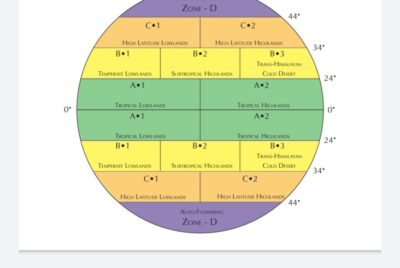Kerala Gold is an equatorial heirloom variety, characterized as a Narrow-leaf drug-producing cultivar, now also grown out of it’s said place of origin. Kerala is situated at the southern-western ghats of India near the Malabar coast and sees little to no change in daytime light duration, as it is only about 9 degrees north from the equator, with a mild tropical-wet climate and moderate temperature throughout the year, plants can be grown easily at any time of the year, but January is usually seen as the popular choice for harvesting. The humidity and amount of precipitation increases by 10-15% from April gradually peaking at monsoon July-August and with the passing of monsoon to the northern part of India, the humidity levels start to go down and hit the lowest in January and February.

Although it is not a vast difference like many highland regions but with relatively cooler nights in the last 4-5 week of the flowering plants transpire a bit more than wetter monsoon months, adding much needed girth to the budding flowers.

Kerala Gold features 16- 20 weeks of flowering with medium to average yields. The plant shows great resistance to mold/powdery mildew and pests in general. Even when grown outside of its natural habitat, at latitudes as high as 43 degrees of North Kerala Gold thrives and flowers properly within 16-20 weeks depending on the phenotypic selection. It produces an invigorating mental high, with euphoric onset which can continue for 1.5/2 hours.

The first 5-7 weeks of flowering is spent in stretching and creating internodal space for flower bracts, the perigonal bracts swell towards the very end of flowering and give off a yellowish/golden tint, caused by the majority of amber trichome heads and ample coverage of unusually long Dried stigmas wrapped around it.

These are perfect for coastal climates or places with wet humid rainforest-like climates, as they can bear with strong coastal winds, with zero mold/mildew. Kerala gold is said to have branched out from Idukki Gold a pure equatorial landrace, now extinct. While much of the structure and flowering time is pretty similar with Idukki Gold the flavor doesn’t seem to follow the trend and has no characteristic musk smell to it. Kerala gold however in its own right can have an array of flavors like in the order of probability of occurrence in random populations – floral/woody, sour/spice/incense, sandal. (Collected from Idukki District, Kerala through a Ganja Farmer in 2014).





